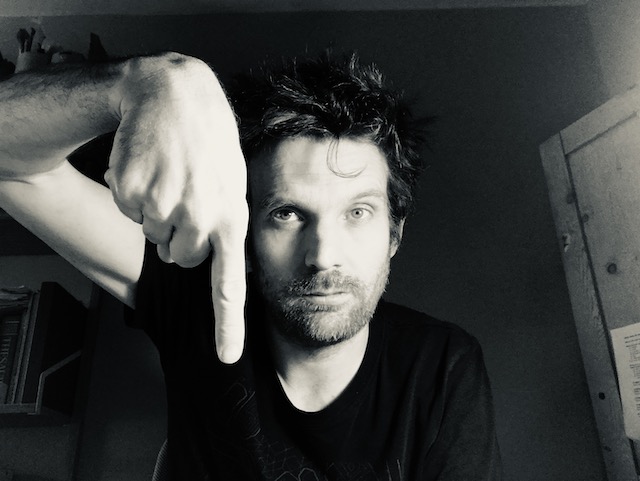Continuous Place-Based Design is distinct from its opposite — Short-Term Design from Anywhere (see yesterday’s post). The following is an extract from a new entry I wrote today on the Constructivist website describing Continuous Place-Based Design.
Engineers and architects often design buildings, but their true impact is on places—the communities and ecosystems that inhabit them. If we want our work to create genuinely positive outcomes for both humans and the wider living world, we need to move beyond an isolated focus on buildings and shift towards a deeper understanding of place. So how can we evolve our design philosophy to support the creation of thriving places?
Places are complex living systems, full of people and other species, shaped by relationships and constant change. In such systems, we cannot fully predict the impact of the changes we introduce. Instead, we learn by doing—by making small interventions, observing their effects, and adjusting accordingly. Long-term engagement with place is essential for truly understanding how it works.
This gives us our first clue: design must be an ongoing process, not a one-off intervention.
A second clue comes from recognising that every place is unique, and that uniqueness becomes even more pronounced the deeper we look. How can we possibly create designs that embrace such diversity? The living world offers a model: evolution. Nature doesn’t rely on rigid masterplans—it works iteratively, testing variations, adapting over time, and responding to changing conditions. The result is a best-fit design for the specific ecological, cultural, and environmental context.
If we take these two starting points seriously, then instead of asking “What do we want to do to this place?”, we should begin by asking:
- What is already here?
- What is needed?
- What is missing?
- What is beginning to change?
From this foundation, design can emerge gradually—guided by the dynamics of the place itself. Small interventions can be tested, refined, and expanded, always with an eye on how the system is responding. This shifts design from being a one-time act imposed from outside to an ongoing process that works with that place, learns from that place, and evolves alongside it.
In our book, The Regenerative Structural Engineer, James and I call this design philosophy ‘Continuous Place-Based Design’.
Tomorrow I’ll share an overview of the stages in this process.
